Description
After many successes enjoyed all over the world by our PPG wings – the Action and the ReAction – we challenged ourselves with yet another task: to create a PPG paraglider that will be accessible for pilots of all training stages. We wanted to merge the safety and performance of our existing PPG wings with the ease of classic paragliders’ launch. To our delight we succeeded, and so our newest PPG wing – the Synthesis – was born.
A paraglider featuring proven reflex-wing aerofoil, with impressive maximum speed (61 km/h) and wide trim speed range (37 to 49 km/h). Easy at launch, with great amount of passive safety.
Synthesis LT is a version featuring on its upper surface Skytex Evolution 40 cloth, lighter than standard Evolution 45. Synthesis LT was re-certified and confirmed its performance as EN C paraglider. Load test was carried up to load of 1691 kg, what means safe load of 211 kg with 8G acceleration.
Since 2010 all Synthesis will be made as LT versions.
Synthesis features many innovative ideas, increasing both comfort in flight and the wing’s performance.
A set of design assistance tools named CSG (Canopy Shape Guard) oversees three crucial factors:
- It forms canopy so that when filled with air and under normal aerodynamic forces it becomes a shape as close to the original design as possible. No more irregular shape and bulging cells!
- It stabilizes the canopy in flight. Any wing behaving like an accordion is detested by the pilots and suffers fatal losses in performance.
- Makes the canopy durable. It is widely known that PPG pilots are keen on overloading their wings, seeking more speed and stability. Initially it works, but soon deformations of excessively loaded fabric occurs. The most dangerous are these visible as lateral folds on wings upper surface, located between suspension line rows.
CSG consists of several subsystems:
- VS (V-shaped Supports). The diagonal supports bolster the rib on both sides (most of wings have only one-sided supports). Their size and shape ensure upper surface smoothness, exact aerofoil reproduction on entire wing span, better load distribution and possibly small number of suspension points, resulting in laminar airflow.
- RSS (Reinforcing Strap System). An independent reinforcements net on lower surface, strengthening and stiffening all canopy.
- OCD (Optimized Crossports Design). The intercellar openings have carefully designed shapes and are optimally placed between stress lines in the ribs, in order to ensure efficient pressure distribution in the canopy and its quick inflation.
- CCS (Closed Cell Structure). This is a number of closed cells in most important locations. Its goal is to hinder the backflow from the cells out and thus to facilitate their refilling and canopy recovery in case of a collapse.
Canopy Shape Guard effectively stiffens the wing along all its span, practically eliminating any lateral canopy work. Its only flaw are the increases in weight (about 1 kg), material- and labour consumption, and of course in overall costs. Yet it is well worth the sweat, as in turn we get a no-compromise product of highest performance and quality, that above all is able to keep its planned parameters for a long, long time.
NEW! – ALC – since spring 2009 Synthesis is equipped as standard with ALC, an alternative control system. The new system replaces previous TST, and is based on a solution developed by Michel Carnet on his ReAction since 2007, at the World Championship in China.
ALC allows for aggressive, yet effortless, turns on full speed without influencing its reflex aerofoil. It is especially important in the case of bigger canopies, inherently haunted by significant steering forces and low agility.
The new steering component is a red ball, easily positioned to fit various harness hang-points and personal preferences. In addition, the ALC ball and line are routed in such a way to be easy to use without the risk of entanglement with risers or other parts. Of course you can use just the standard brakes if you wish, ignoring the ALC ball.
NEW! – TEA (Torque Effect Adjuster) – Task of this feature is to counteract the effect of engine torque, that tends to turn the paraglider in direction opposite to the propeller’s rotation. TEA balances the torque by adjusting length of wingtip lines, and it can be adjusted to match you specific combination of paramotor/propeller. Simple to use, effective and easy to toggle on & off in the air.
NEW! – Ball-bearing pulleys. As a first world company we have decided to use ball-bearing pulleys as standard on our paragliders, in order to minimize speed-system friction.
NEW! – Speed system cord. Our current speed system cord is a new, thick-woven pattern. It does not fray, does not stretch and perfectly fits our new pulleys.
NEW! – Brake handles. Our new brake handles feature a new look, swivels, the Easy Keeper (docking system using strong neodymium magnets) and finally, the TCT (Triple Comfort Toggle) – an easy conversion from hard through medium to soft brake handles.
From beginners to advanced pilots, flying paramotors and trikes both for fun and to prove themselves in sport. The wing is suitable for PPG instruction too.
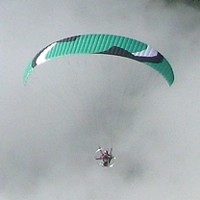
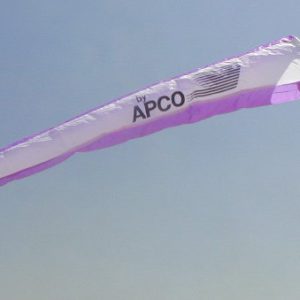
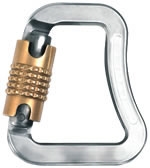
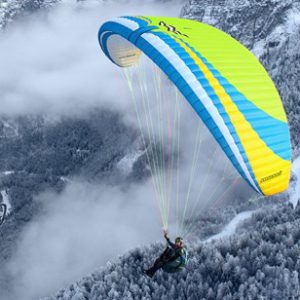
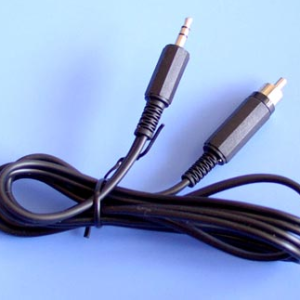
Reviews
There are no reviews yet.